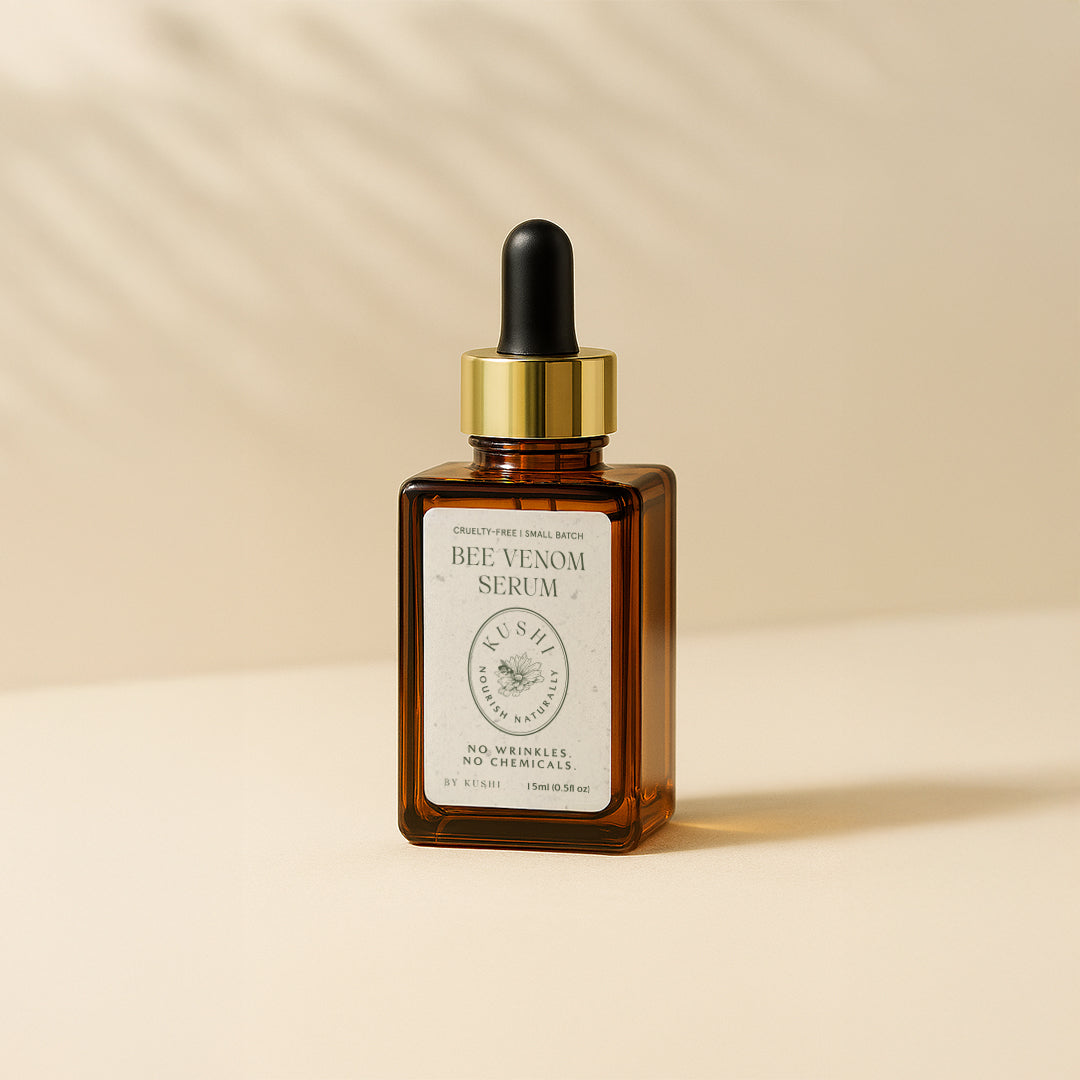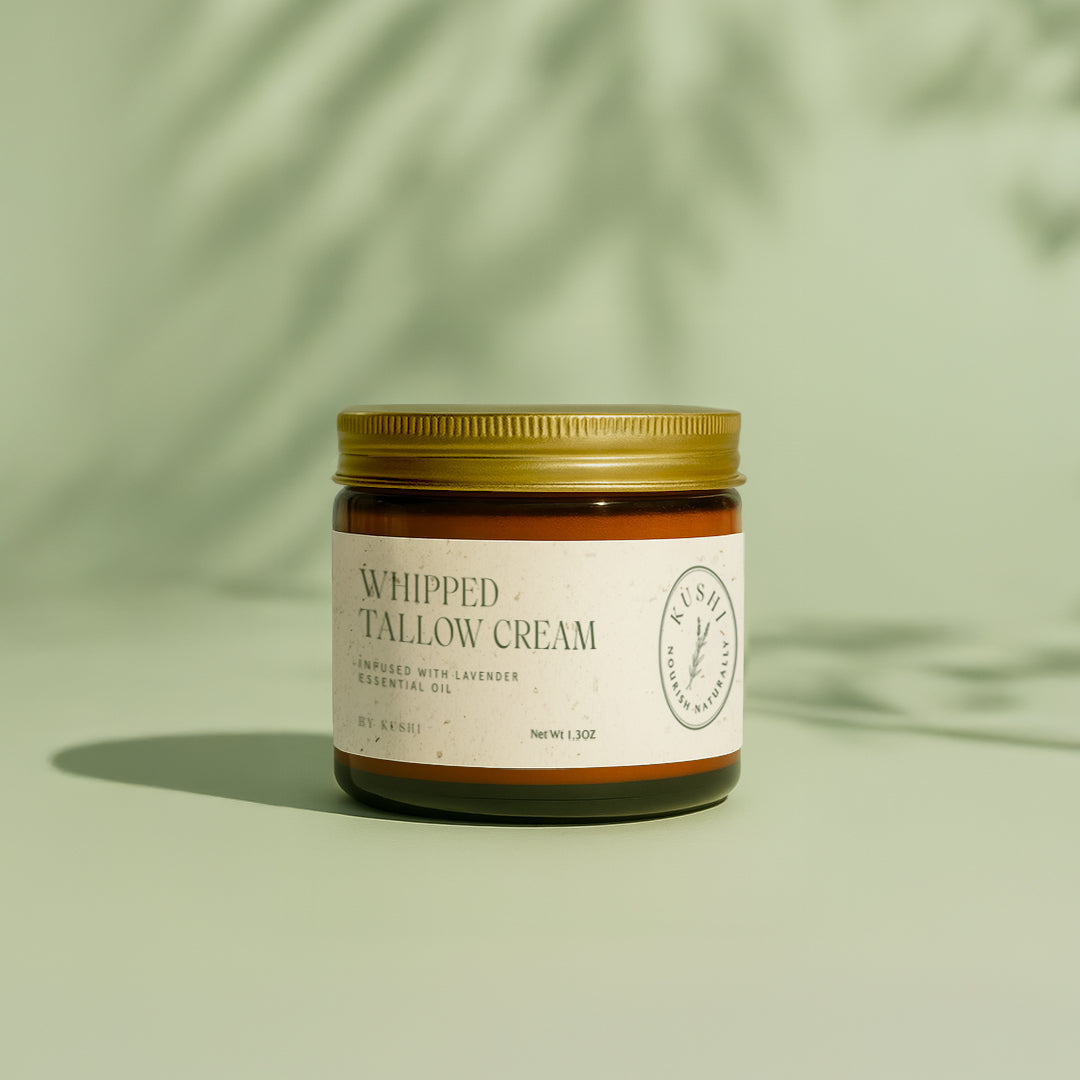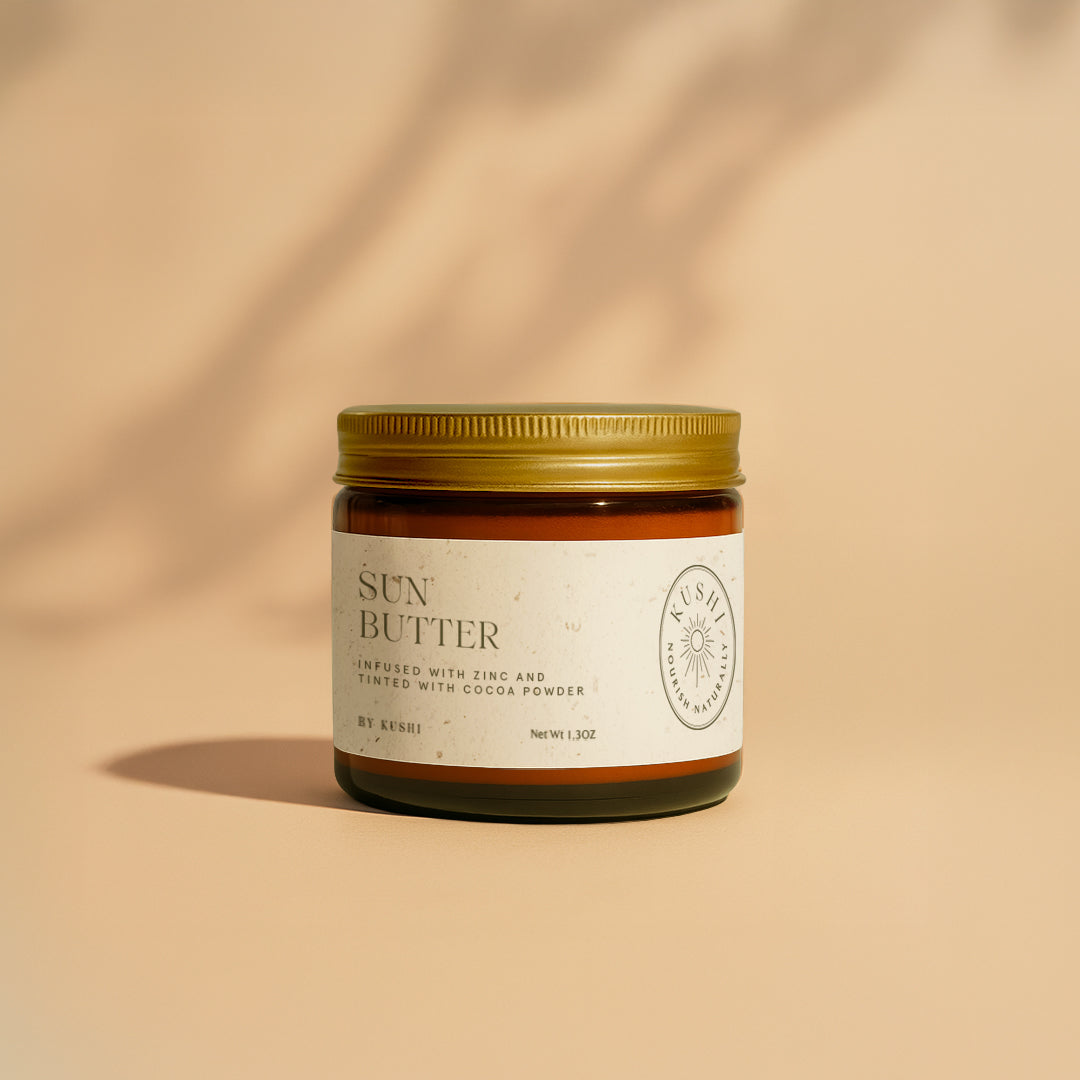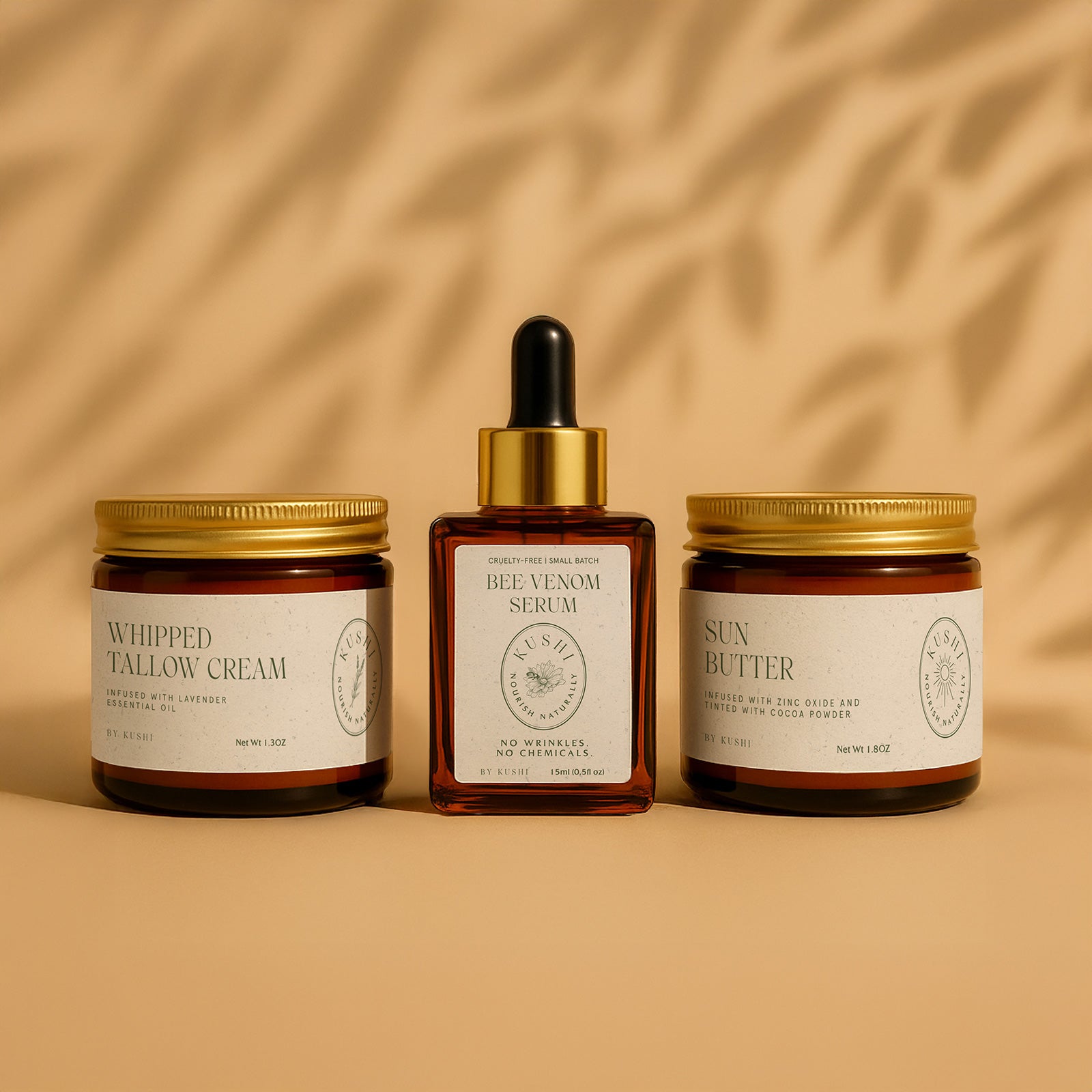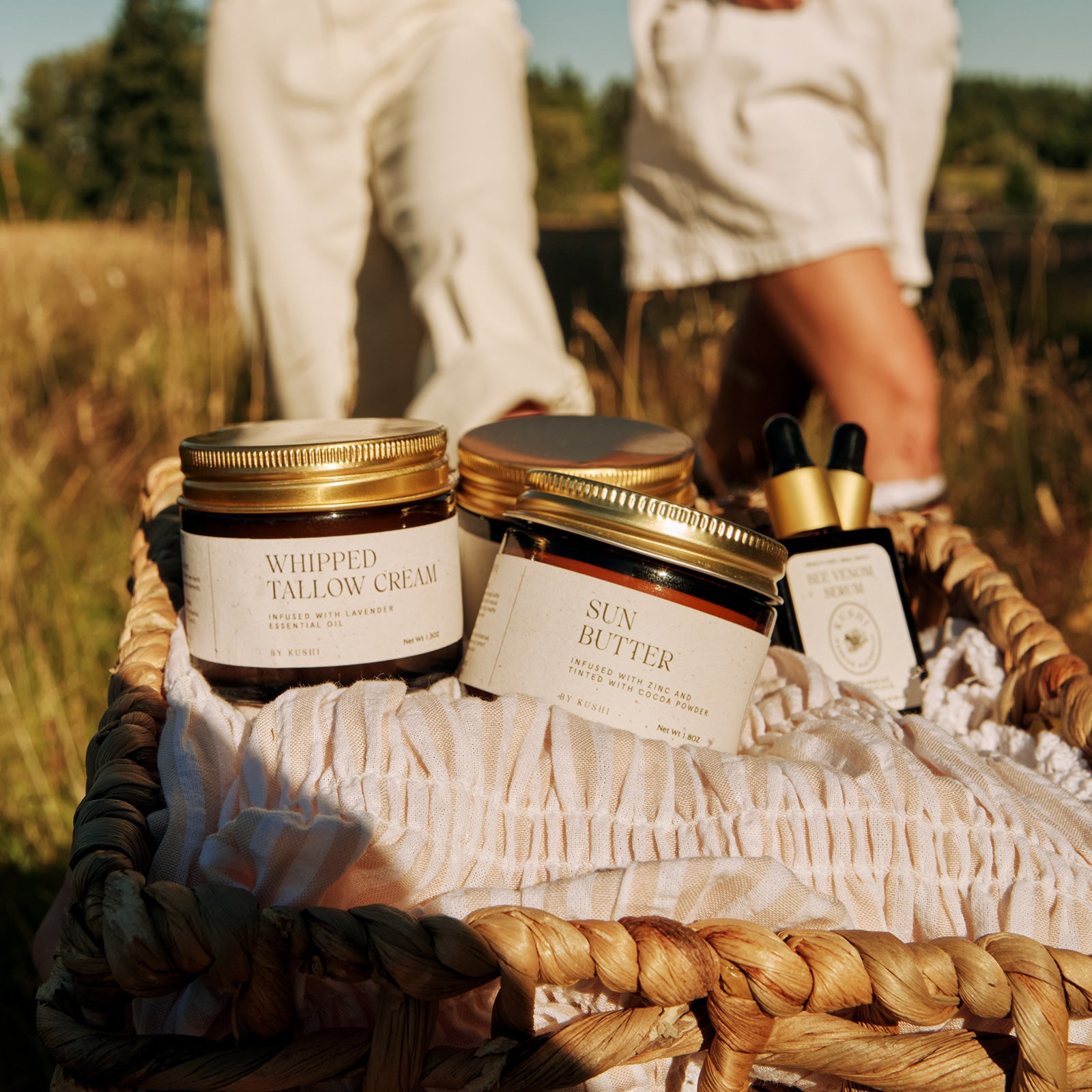Best Moisturizer For Acne Prone Skin
Shiny T‑zone. Dry cheeks. New bumps when you try something “hydrating.” It is a lot. The best moisturizer for acne prone skin should hydrate without heaviness. It should feel light, calm, and steady.
4.7 / 5.0
(197) 197 total reviews
Whipped Tallow Cream
Our best-selling grass-fed Whipped Tallow Cream, is a premium, natural moisturizer rich in Vitamins A, D, E, and K. Its gentle formulation makes it an ideal solution for various skin concerns, including dry skin, eczema, psoriasis, rosacea, and acne.
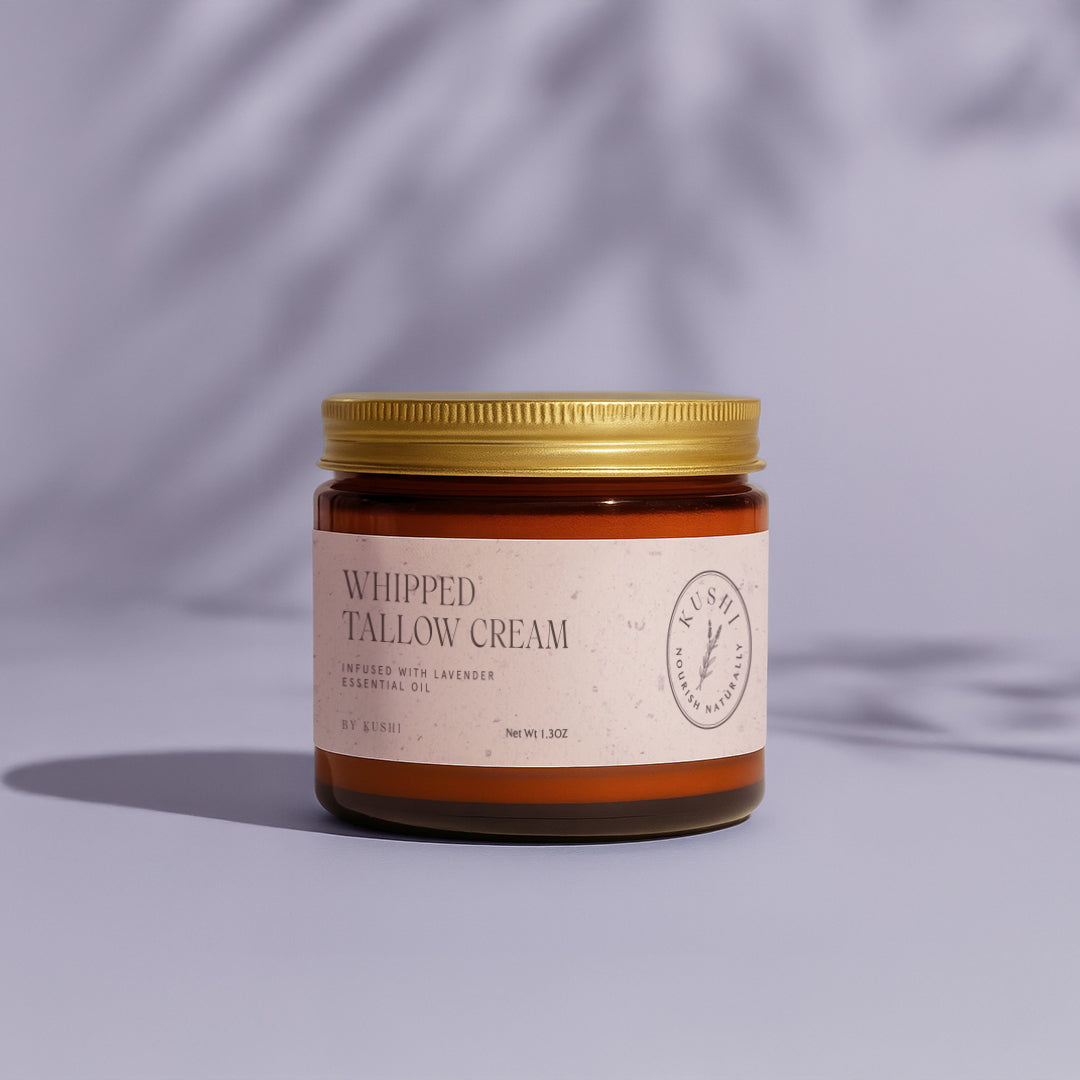
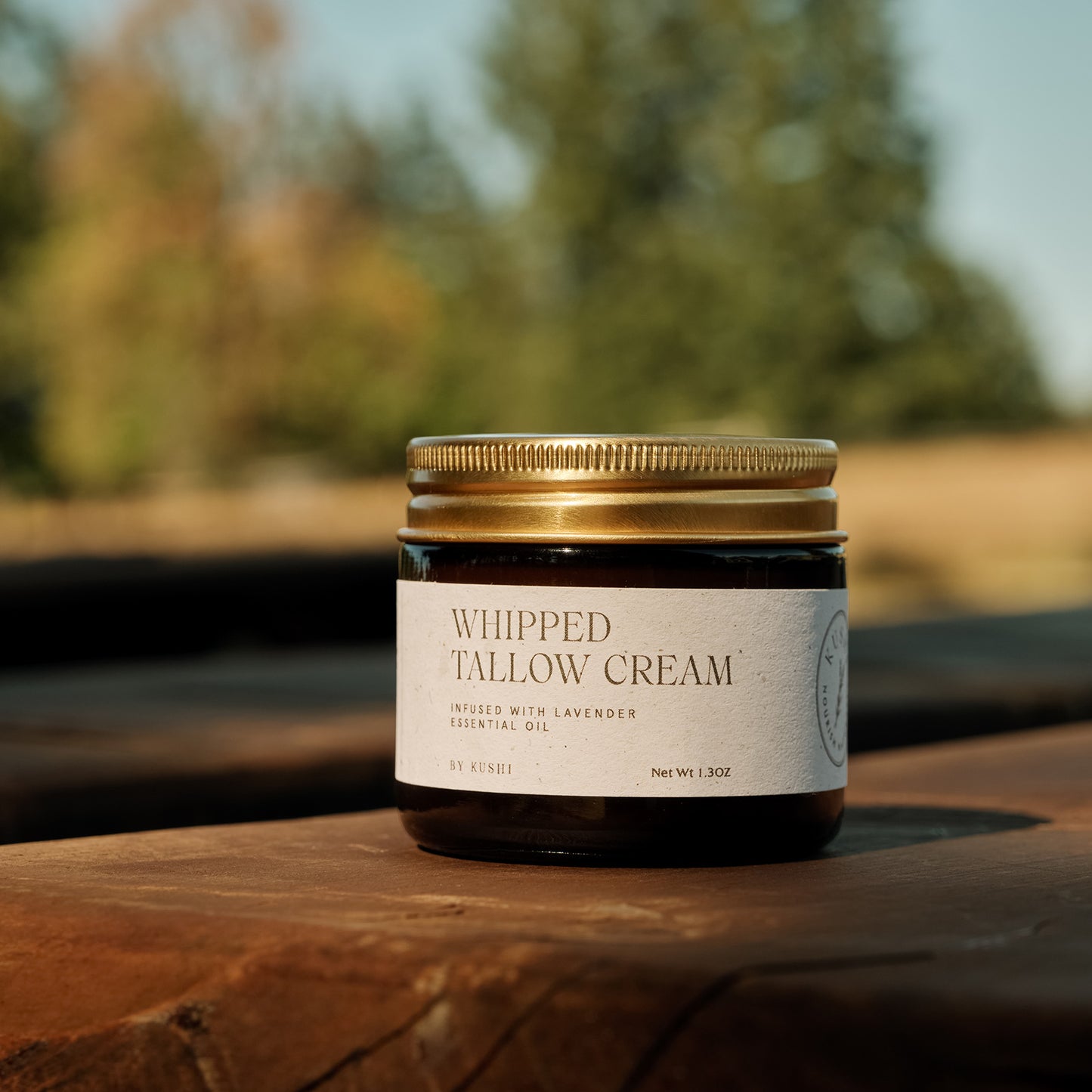
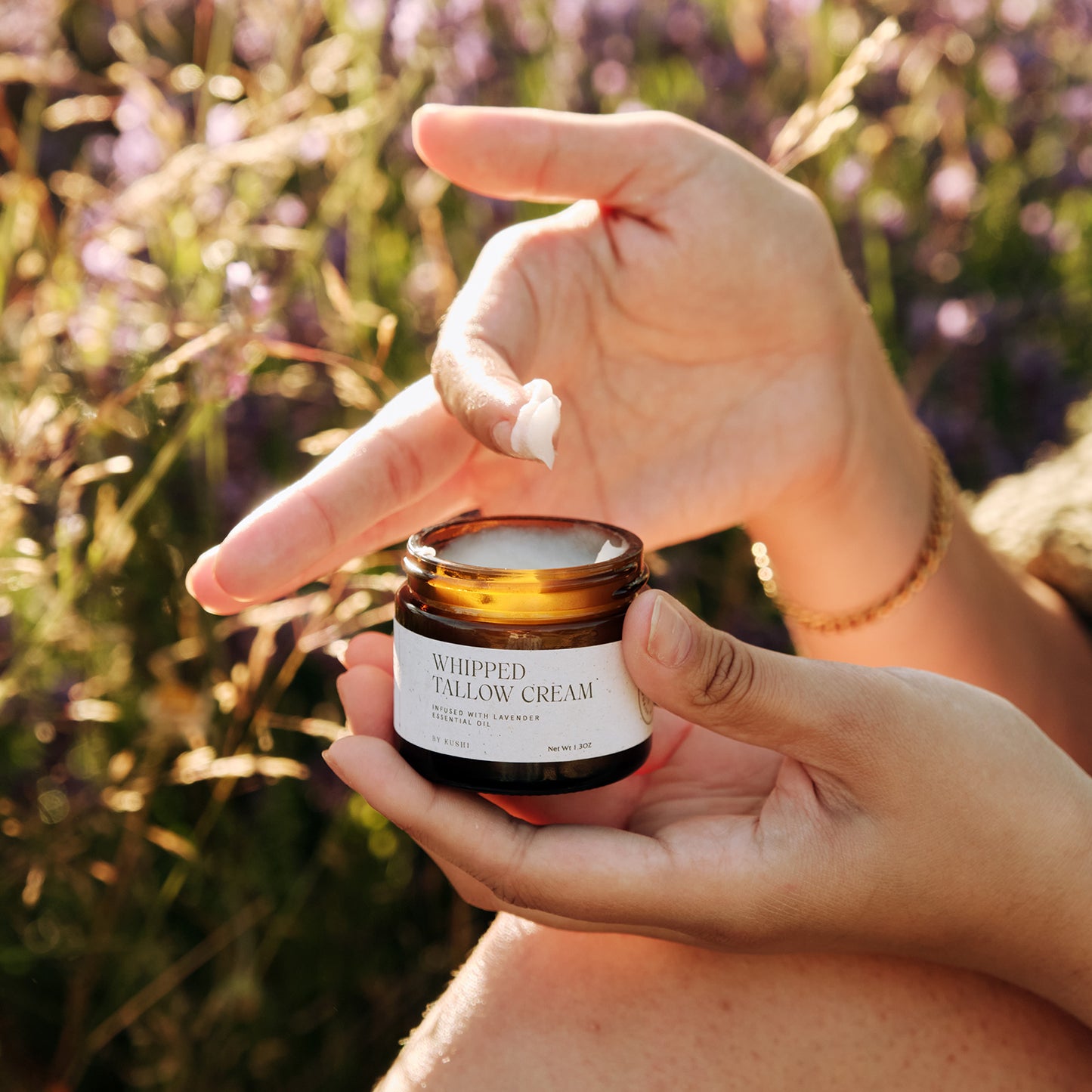
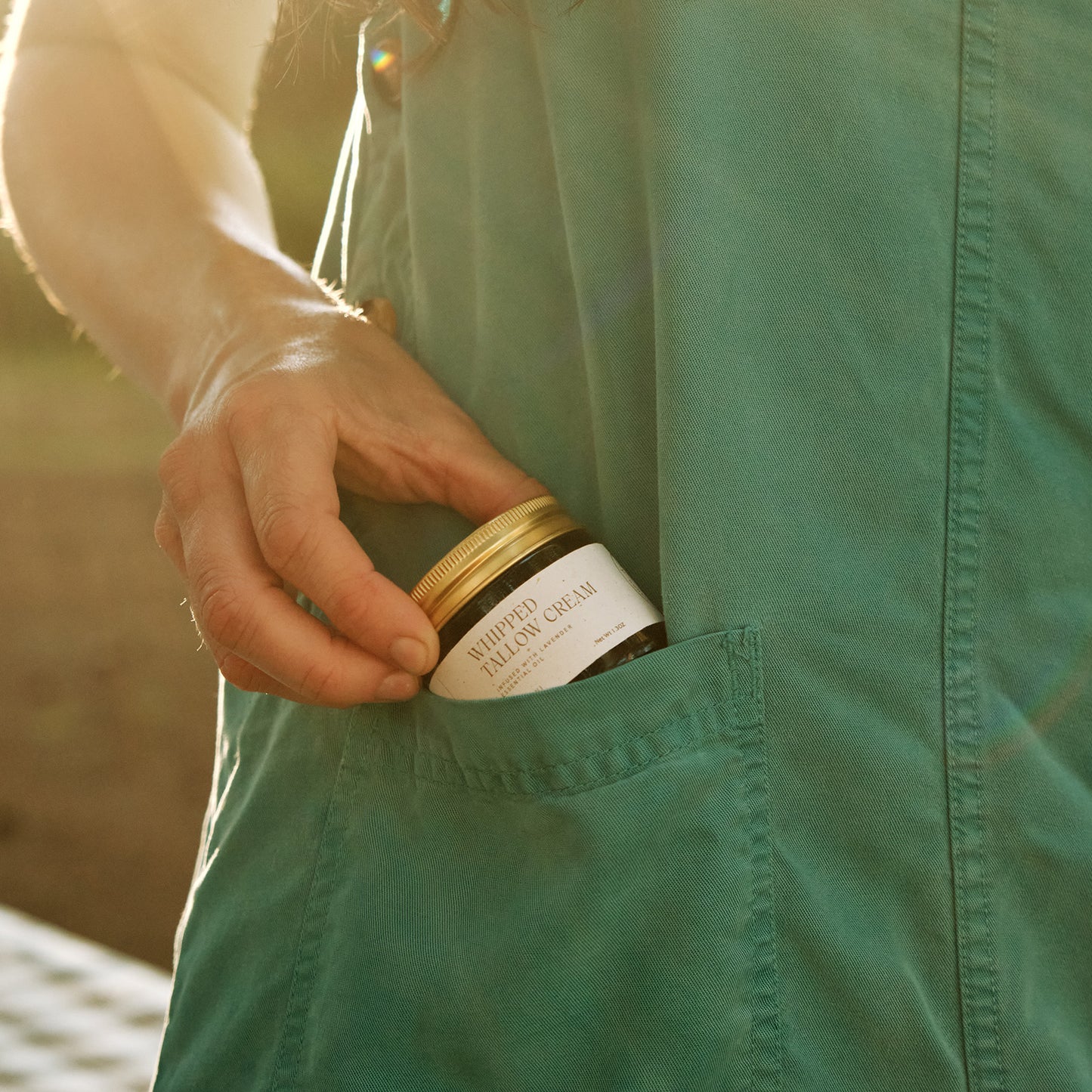
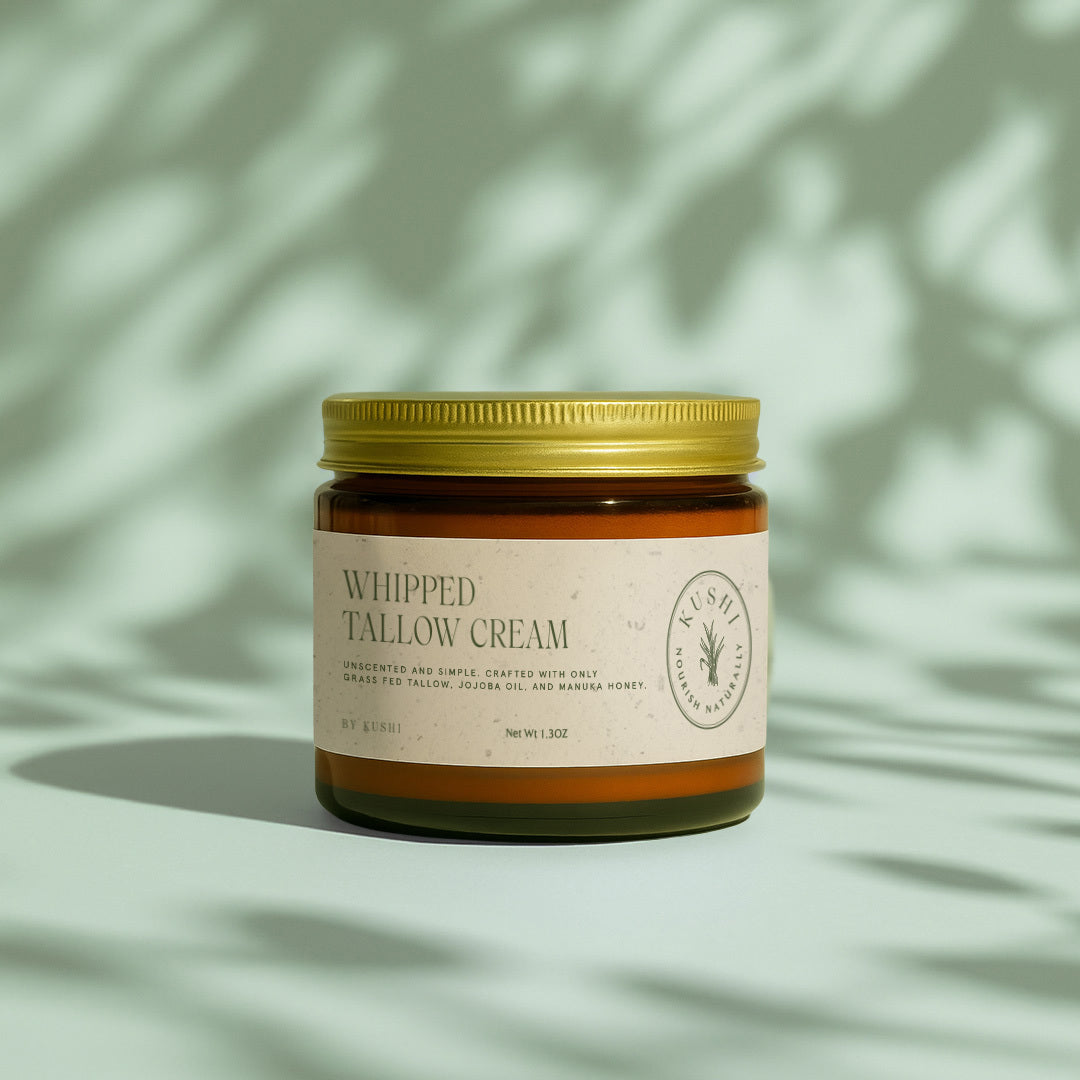
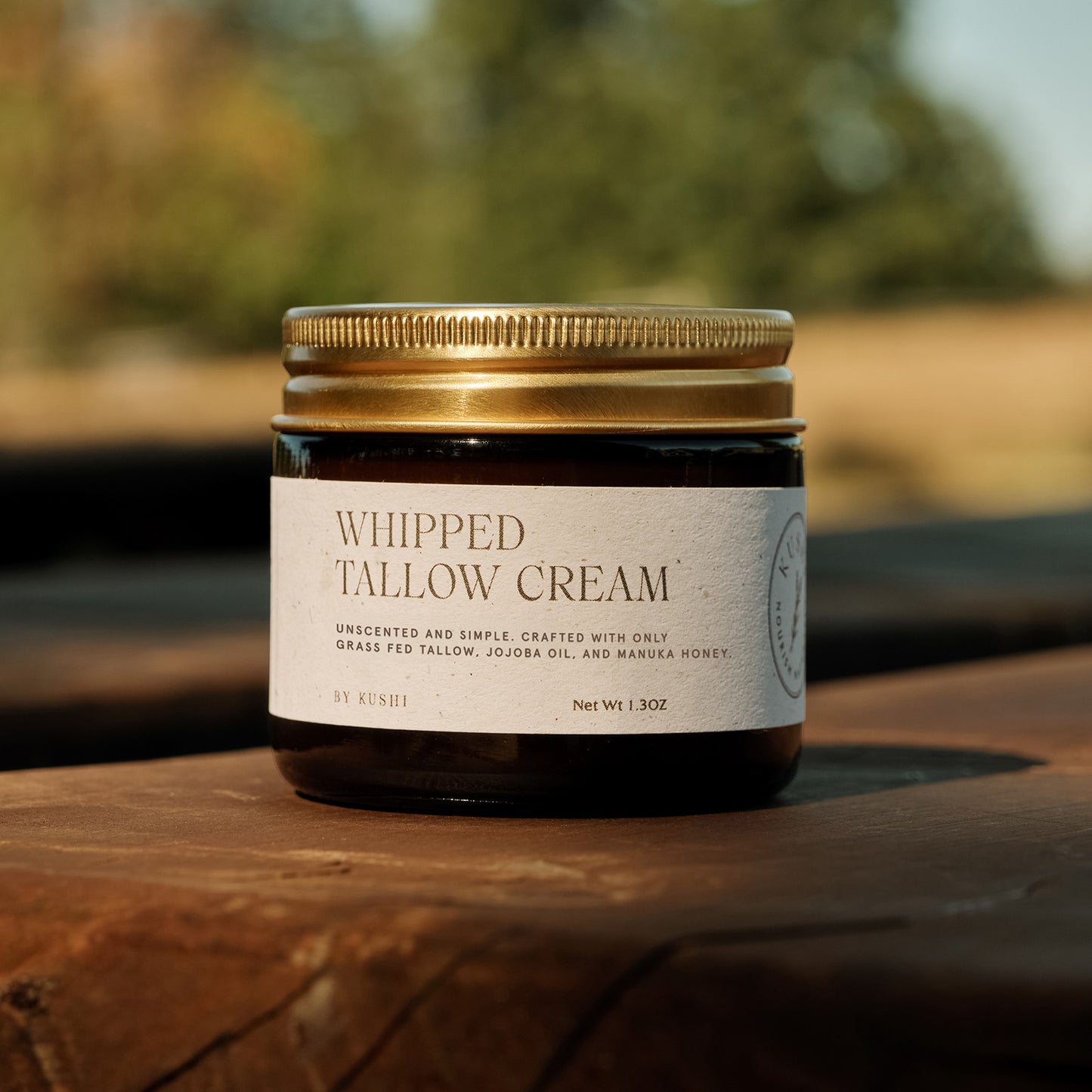
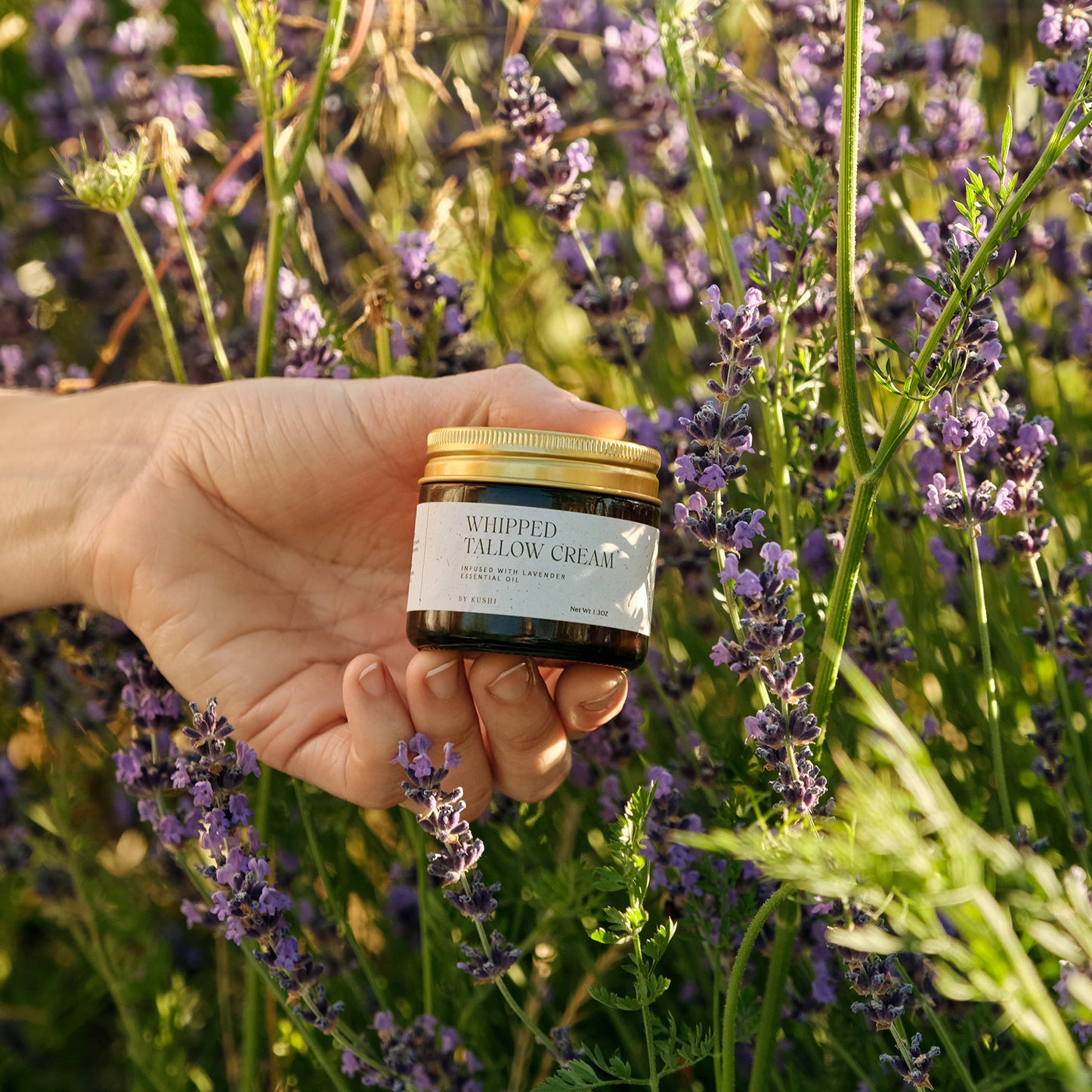
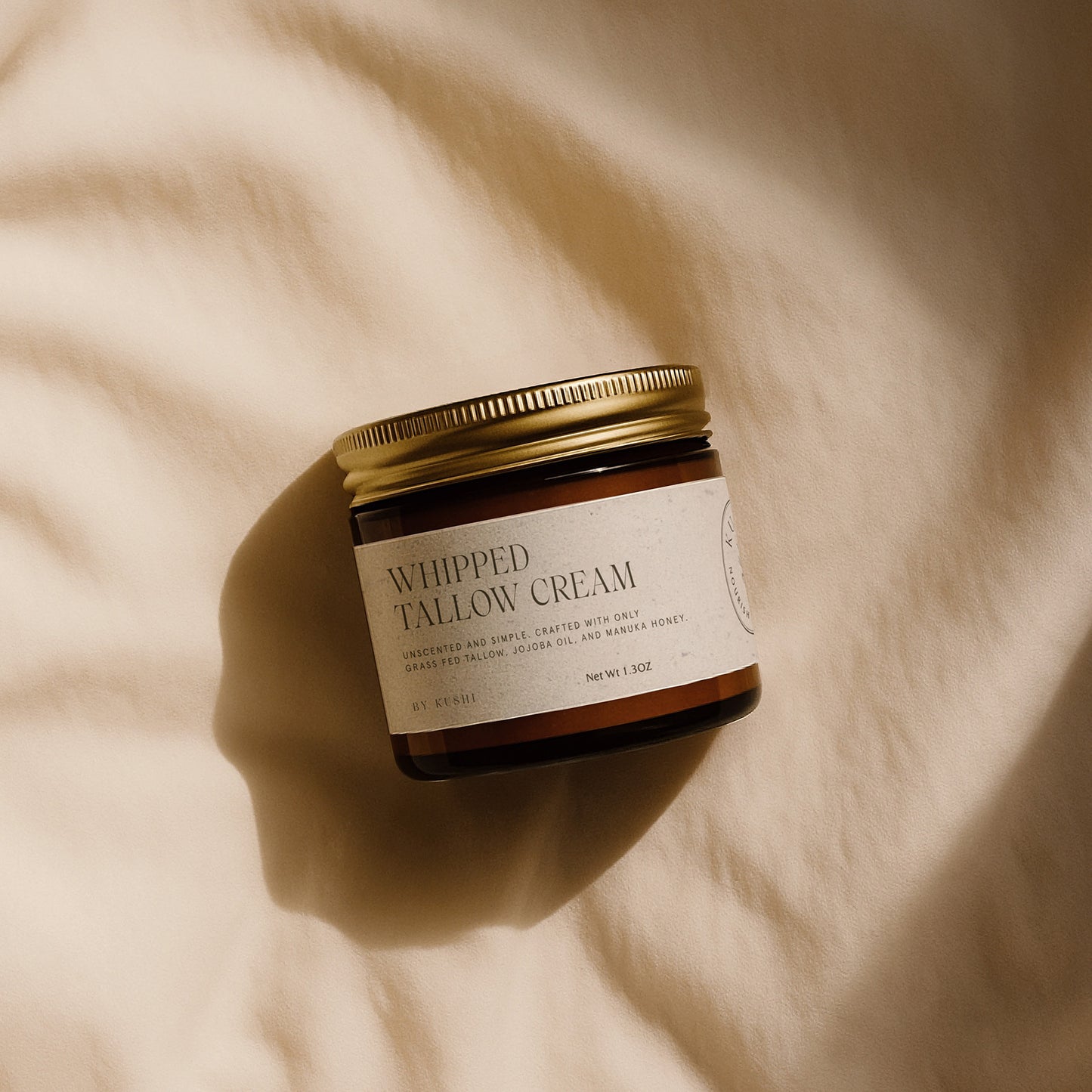
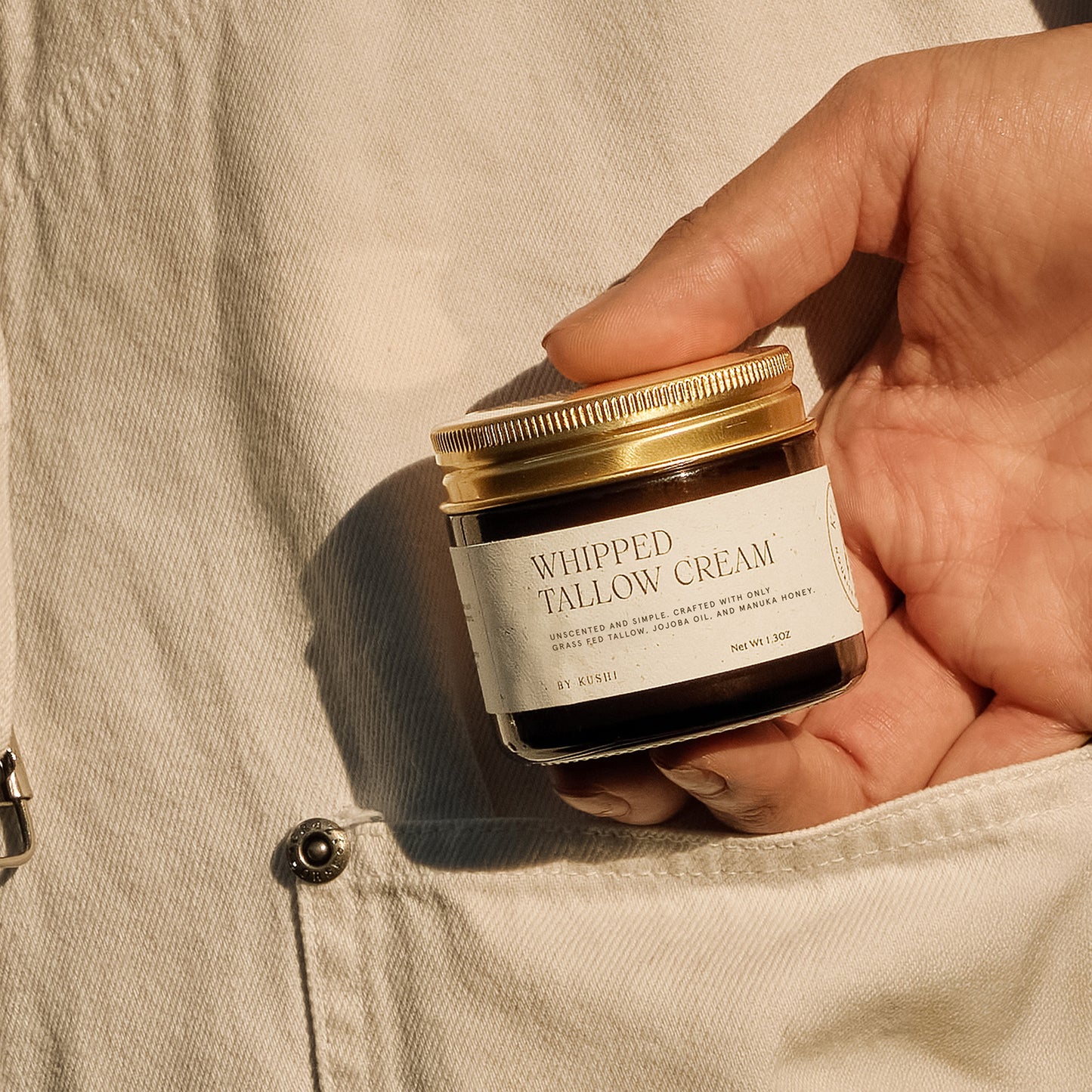
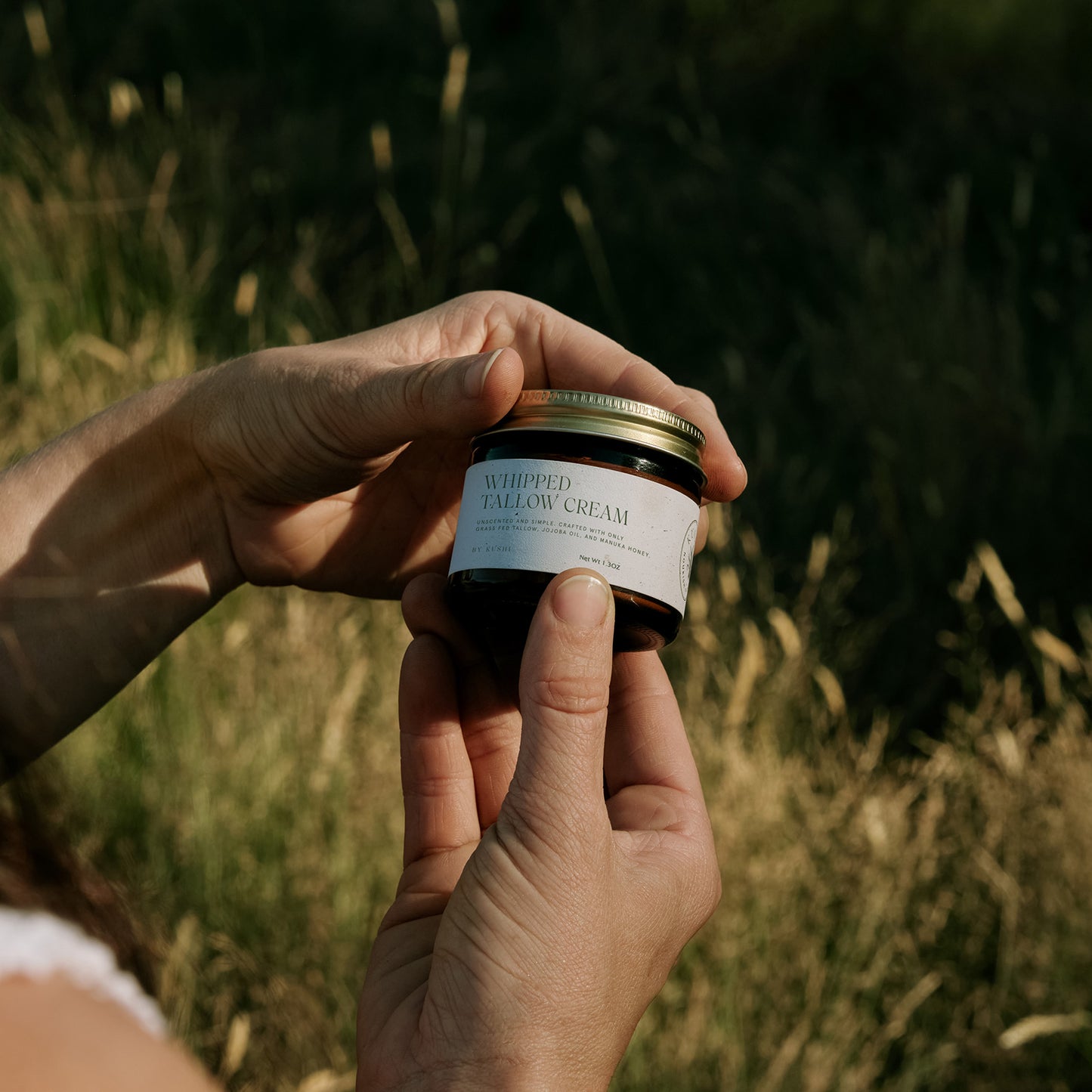
What Acne‑Prone Skin Needs From A Moisturizer
Your skin still needs moisture even if it makes oil. Dehydrated skin can push out more oil. That can feel slick but tight at the same time. A good moisturizer adds water and seals it in with light emollients.
Look for balance. Hydration from humectants. Slip from light emollients. A thin occlusive finish that is not waxy. The goal is calm, even, comfortable skin.
Ingredients To Look For
Seek humectants like glycerin or low‑weight hyaluronic acid. They draw water into the top layers of skin. Look for light emollients like squalane or caprylic/capric triglyceride. They glide on without a heavy film.
Barrier helpers matter. Niacinamide can support a calmer look. Ceramides help seal hydration. Allantoin and panthenol feel soothing. Simple is best. Short labels reduce variables.
Ingredients To Skip (Or Use With Care)
Heavy waxes and rich butters can feel occlusive for some. Strong fragrance blends can irritate. Complex essential‑oil mixes can be reactive. Long labels add more chances to clash with your skin.
If an oil is new to you, patch test first. Start slow. Your skin will tell you quickly if it is too much. Keep routines steady for two weeks before making changes.
Texture And Finish
Aim for lightweight gel‑cream or soft cream textures. They spread thin and settle fast. The finish should feel cushioned, not shiny. Makeup should glide without pilling.
At night, a slightly richer layer can help the cheeks. Keep the T‑zone light. Use a pea‑size for the whole face and add a tiny bit more only where you feel dry. Small amounts make a big difference.
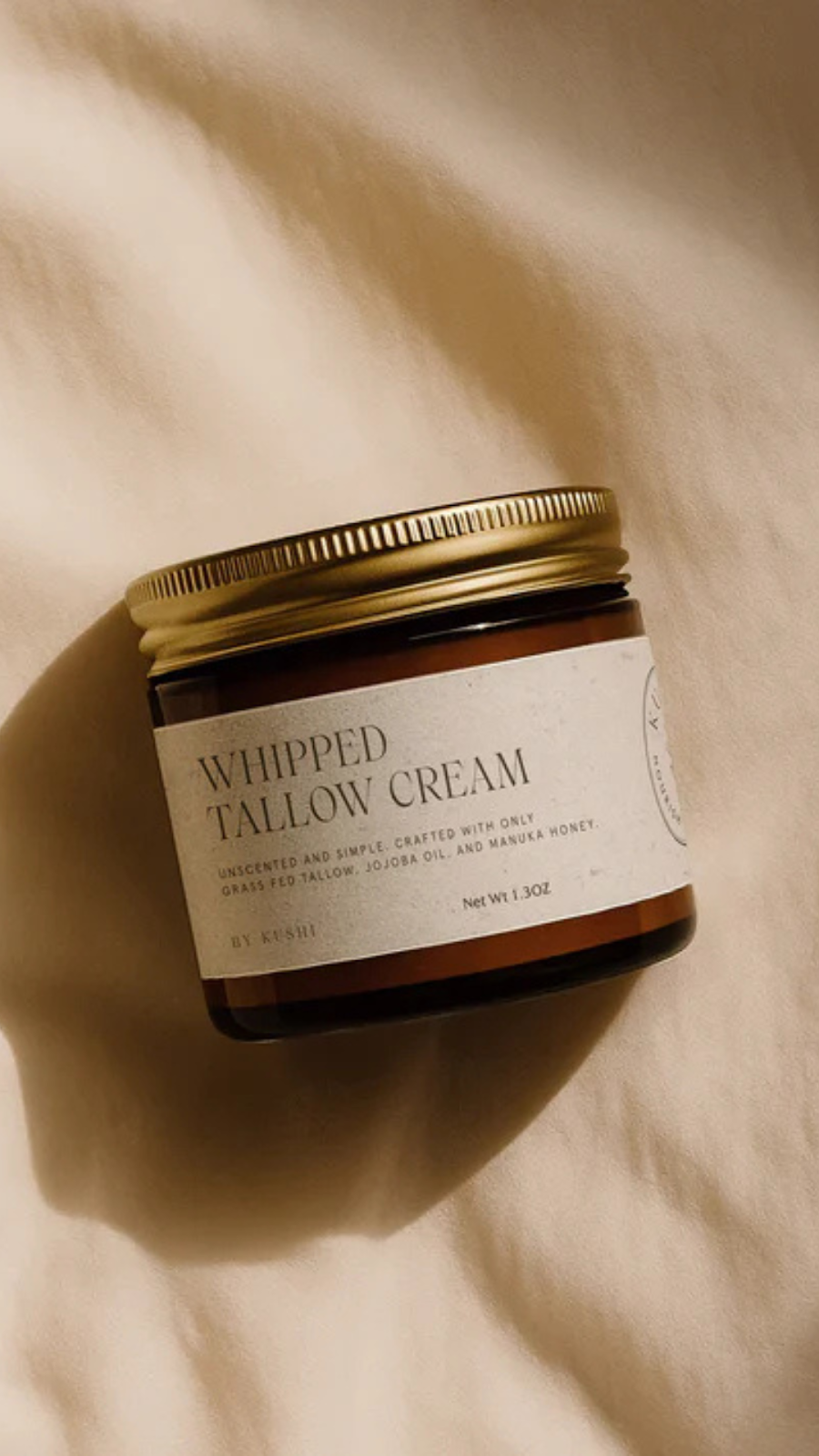
AM Routine For Acne‑Prone Skin
Rinse or cleanse gently. Pat skin damp. Apply water‑based steps if you use them. Let them sink in. Press on a thin layer of moisturizer. Give it one minute to settle. Add your daytime protection. Keep the T‑zone minimal.
PM Routine For Acne‑Prone Skin
Cleanse well. If you use actives, apply them on clean, dry skin. Wait a few minutes. Press on a thin, even layer of moisturizer. Spot‑add more to dry cheeks or around the mouth. Comfort first. Consistency wins.
Layering With Common Acne Actives
Use benzoyl peroxide or salicylic acid on clean, dry skin. Let the step absorb. Follow with a thin layer of moisturizer. If you feel dry, place a whisper‑thin layer before and after the active.
Retinoids can be used on alternate nights. Keep those nights simple. Avoid stacking acids and retinoids together. Space strong steps and watch how your skin responds.
Patch Testing The Right Way
Test along the jawline or behind the ear. Clean the spot. Apply a rice‑grain amount and leave it on. Do not layer anything over the test area. Check at 24, 48, and 72 hours. If the area stays calm, begin every‑other‑night on one cheek. Then move to full face.
Troubleshooting Common Issues
- Shiny Finish: Use less. Press, do not rub. Keep the T‑zone extra light.
- Pilling: Reduce amounts and give each step a minute to settle. Avoid rubbing.
- Tight But Oily: You are dehydrated. Apply on damp skin and consider a gentle hydrating step underneath.
- New Bumps: Stop, simplify, and patch test. Add steps back one at a time.
Seasonal Adjustments
Winter air pulls water out of skin. Use a touch more at night. Spring may bring pollen and humidity swings. Watch for triggers. Summer adds sweat and layers. Keep amounts small and let steps settle. Fall brings wind. Add a little extra on the cheeks.
Makeup Compatibility
Moisturizer should make makeup easier. Thin layers help product sit flat. Cream and liquid bases glide better over hydrated skin. If you see pilling, slow down and use less.
Storage And Freshness
Keep jars cool, dry, and out of the sun. Close the lid tight. Use clean, dry hands or a spatula. Try to finish the opened product within three to six months. Fresh texture feels better and wears better.
Oily Or Dehydrated? Why Moisturizer Still Matters
Oily skin can still be thirsty. Oil and water are different. When your skin is low on water, it can push out more oil. That makes you look shiny but feel tight. The best moisturizer for acne prone skin adds water back and seals it in lightly. Look for humectants for hydration and light emollients for slip. Press a thin layer onto damp skin. Keep the T‑zone lighter and add a touch more on cheeks. Give it one minute to settle. Watch your skin for two weeks before changing steps. Consistency is how skin calms down. You want balanced, even, comfortable skin. The best face moisturizer for acne prone skin helps you get there.
Non‑Comedogenic Labels: What They Do And Don’t Mean
“Non‑comedogenic” means a product was designed to be less likely to clog pores. It is not a guarantee. There is no single standard test. Skin varies a lot from person to person. Use the label as a clue, not a promise. Read the full ingredient list. Prefer short labels with light textures. Patch test along the jawline for 72 hours. Start with small amounts. Keep heavy waxes and strong fragrance off your face if you are reactive. The best moisturizer for acne prone skin should feel light during the day and a little cushioned at night. If you notice new bumps, stop and simplify. Add steps back one at a time.
Purging Vs Breaking Out: How To Tell
Purging happens when you add active ingredients that speed up cell turnover. It shows up in places you usually get clogged. It starts fast and settles in weeks. Breaking out can happen anywhere and keeps going. If you just changed your moisturizer and see new bumps in new places, pause. Go back to your last calm routine. Patch test the moisturizer again. Re‑introduce it every other night on one cheek. Watch for a steady pattern. The best face moisturizer for acne prone skin should lower friction, not raise it. If you are using retinoids or acids, introduce one change at a time. That is how you learn what your skin likes.
Sunscreen Pairing That Won’t Clog
Acne‑prone skin still needs daylight protection. Choose a formula that wears thin and sits flat. Apply your moisturizer first. Let it settle for one minute. Then add your protection. Keep amounts small so layers do not pill. If you run oily, keep the center of the face light. Reapply with a gentle hand. Blot first if you are shiny. The best moisturizer for acne prone skin should make protection easier, not harder. It gives a smooth base. It helps makeup and protection glide without clumping. If you see pilling, slow down and use less of each step.
Workout And Sweat: Quick Reset Routine
Sweat mixes with residue. That can clog. Keep a simple plan. Cleanse soon after workouts. Pat your face damp. Press on a thin layer of moisturizer. Keep the T‑zone light. If you are heading outside, add protection. Avoid rubbing your face with a towel. Pat instead. Change out of sweaty gear fast. Wipe headphones and phone screens. Tiny habits help. The best face moisturizer for acne prone skin should feel fresh after a workout. It should wear thin and settle fast. Your skin should feel calm again within minutes.
AM Vs PM: How To Adjust For The Day And Night
Morning skin needs light wear. Use a pea‑size amount of moisturizer on damp skin. Keep the center of the face light. Add protection and go. Night skin needs repair. Cleanse well. Use actives on clean, dry skin if you use them. Then seal with a thin layer of moisturizer. Spot‑add more on dry cheeks. Keep steps steady for two weeks before changing anything. The best moisturizer for acne prone skin helps you keep this rhythm. Small amounts. Thin layers. Clear order.
Travel, Climate, And Season: Adjust Without Stress
New air can change your skin fast. Plan ahead. In dry climates, use a touch more at night. In humid climates, use less and keep layers minimal. After flights, cleanse and apply a thin layer on damp skin. Give it a minute to settle. Add protection if you go outside. Store your jar cool and sealed. Do not add water to thin it. Decant a small amount for trips. The best face moisturizer for acne prone skin should feel comfortable anywhere. Adjust amount, not formula. Small changes keep your barrier steady on the road.
Spot Treatments And Moisturizer: How To Use Together
Many routines fail because steps fight each other. Keep order clear. Cleanse. Pat skin damp. Apply your spot treatment on clean, dry skin. Use a tiny amount only on the bump. Wait a few minutes so it sets. Now press on a thin layer of moisturizer around the area. Do not rub over the spot. You want the active to stay put.
Keep the T‑zone light and add a touch more on dry cheeks. At night, this thin seal helps cut sting and flakes. In the morning, cleanse gently and check the area. If you see peeling, use less active and keep the moisturizer steady. Hydrocolloid patches can help. Place them on clean, dry skin. Smooth moisturizer around, not on top. Give each step one minute to settle. Simple order prevents pilling and smearing. The best moisturizer for acne prone skin should make actives easier to use. It should calm the rest of your face while the spot treatment does its job.
Read Also:
Frequently Asked Questions
Do I really need a moisturizer if I am oily?
Yes. Oil and water are different. You can be oily and dehydrated at the same time. A light moisturizer helps water stay in so your skin does not overcompensate with more oil.
What texture works best for acne‑prone skin?
Gel‑creams and soft creams work well. They spread thin and settle fast. The finish should feel cushioned, not shiny. The best moisturizer for acne prone skin should wear well under makeup.
Will moisturizer clog my pores?
A well‑chosen moisturizer should not. Keep labels short and textures light. Patch test if you are unsure. Use small amounts and adjust by area.
How do I layer moisturizer with benzoyl peroxide or salicylic acid?
Apply the active on clean, dry skin. Let it absorb for a few minutes. Then press on a thin layer of moisturizer. If you feel dry, try a very thin layer before and after the active.
Can I use a moisturizer with retinoids?
Yes. Keep retinoid nights simple. Apply the retinoid, wait, then seal with a thin layer of moisturizer. If you feel sensitive, use the “sandwich” method with a thin layer before and after.
Is fragrance‑free better for acne‑prone skin?
Often, yes. Added fragrance and masking agents can irritate. A simple, fragrance‑free formula keeps variables low. Your skin stays calmer with fewer extras.
